
AI and the Retail Marketer’s Future
How AI transforms strategy and processes, driving the adoption of Positionless Marketing
Build branded games that collect insights, deepen connections, and fuel zero-cost engagement with Optimove Gamify
Optimove Gamify empowers any marketer to be positionless and create loyalty-driving experiences at lightning speed
Engage with Optimove Gamify
Launch branded minigames, trivia, questionnaires, lotteries, raffles, gamified surveys, and more to drive engagement and excitement.
Embed games across web, app, and in-platform touchpoints quickly and without developer support.
Easily track how customers are engaging with different games and how gamified moments move them down the funnel.
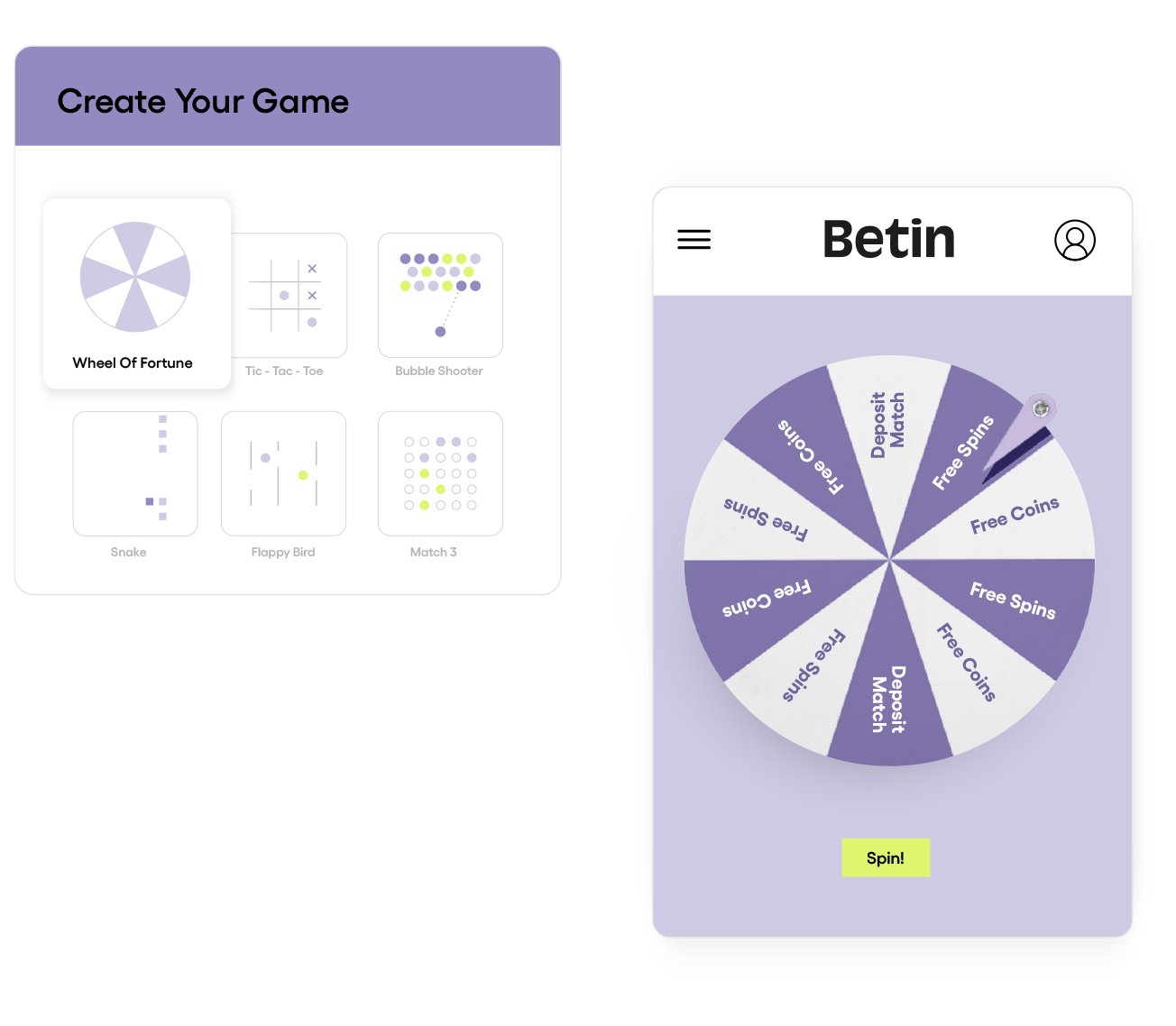
Understand with Optimove Gamify
Encourage customers to share preferences and interests through gamified experiences without increasing marketing spend.
Increase completion rates and gather deeper insights through gamified moments customers love.
Use zero-party data obtained via gamified experiences in personalized CRM campaigns to trigger loyalty offers and prevent churn.
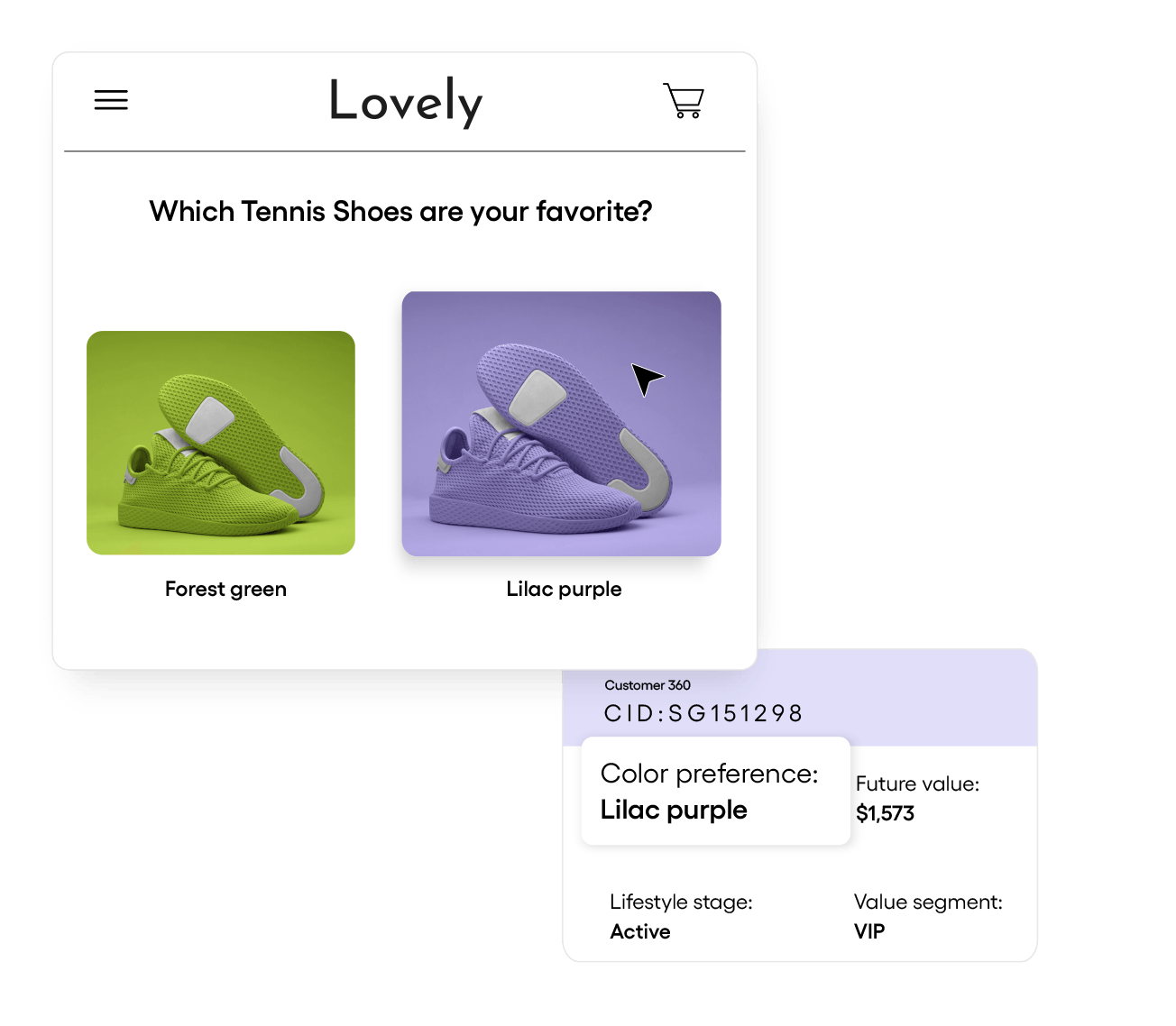
Create with Optimove Gamify
Build with brand-approved assets in a marketer-first authoring experience so every game is truly your own.
Create and deploy gamified campaigns using no-code tools built for marketers.
Use advanced segmentation to tailor games and offers in real-time, keeping every customer experience relevant.
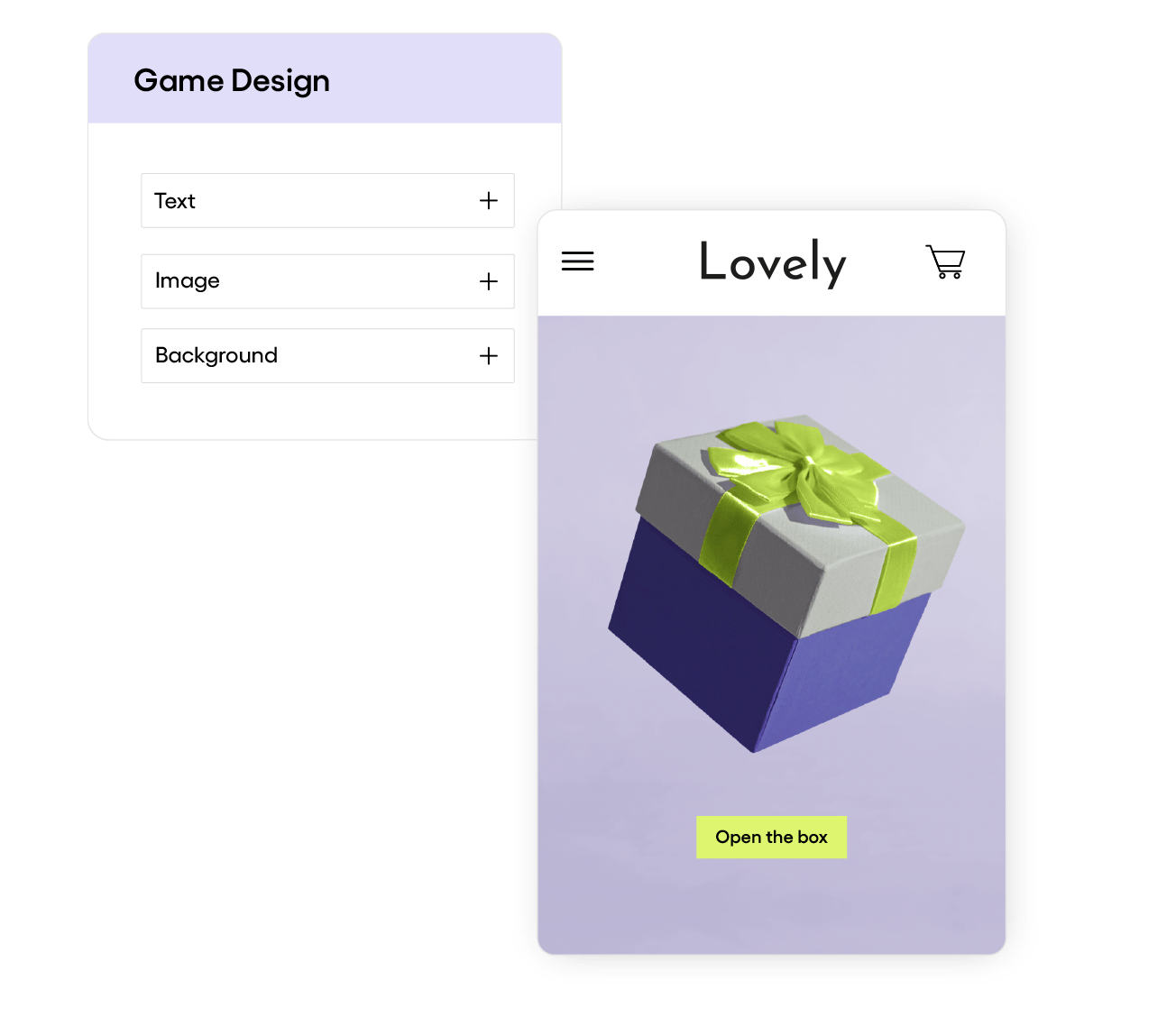
Optimize with Optimove Gamify
See which games, channels, and promotions drive the highest returns through automated experimentation.
Integrate gamified experiences across email, mobile apps, websites, and more to create holistic customer journeys.
Let OptiGenie AI test variations in rewards, timing, and formats, identifying the ideal mix for each customer to maximize engagement and loyalty.

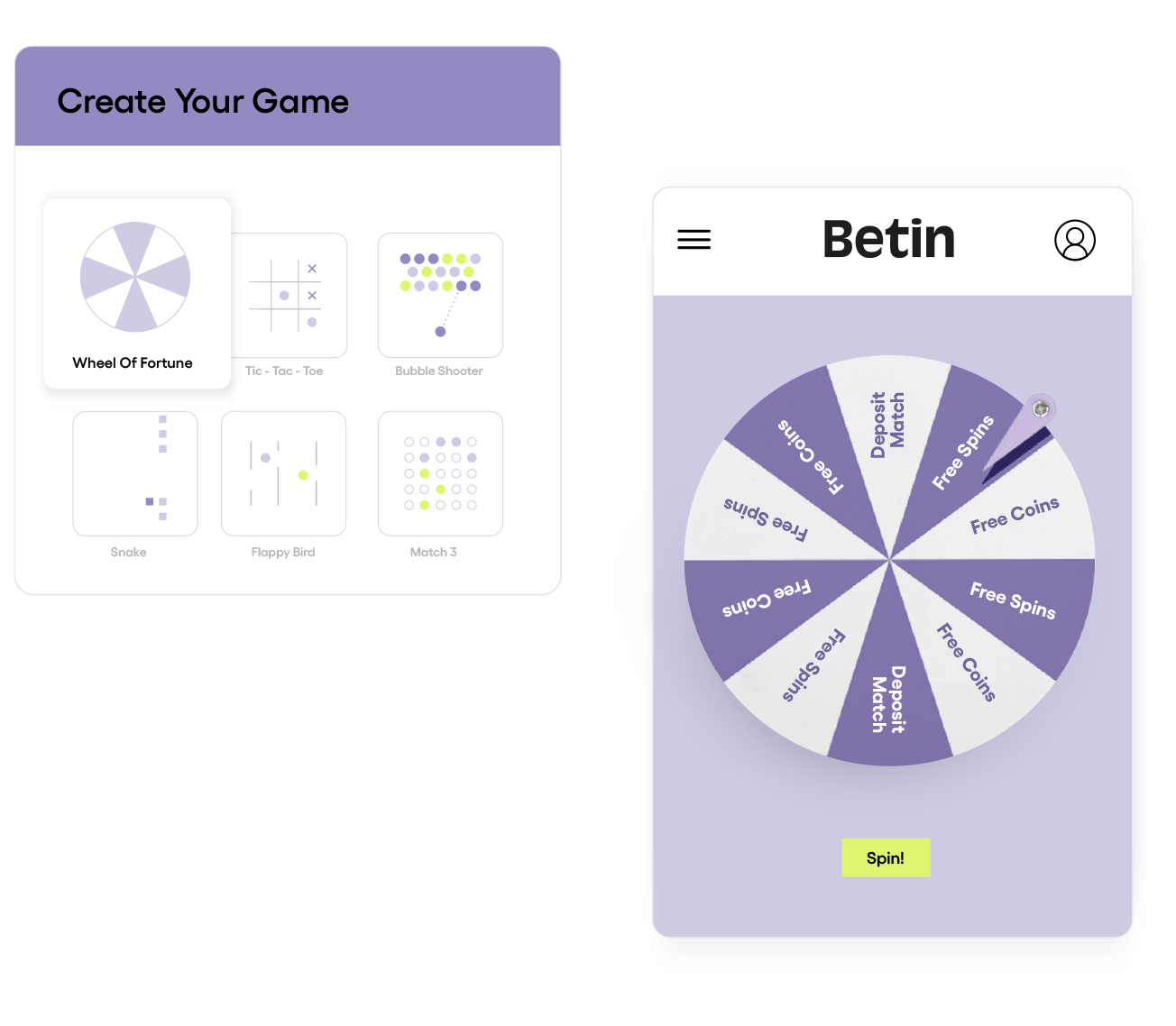
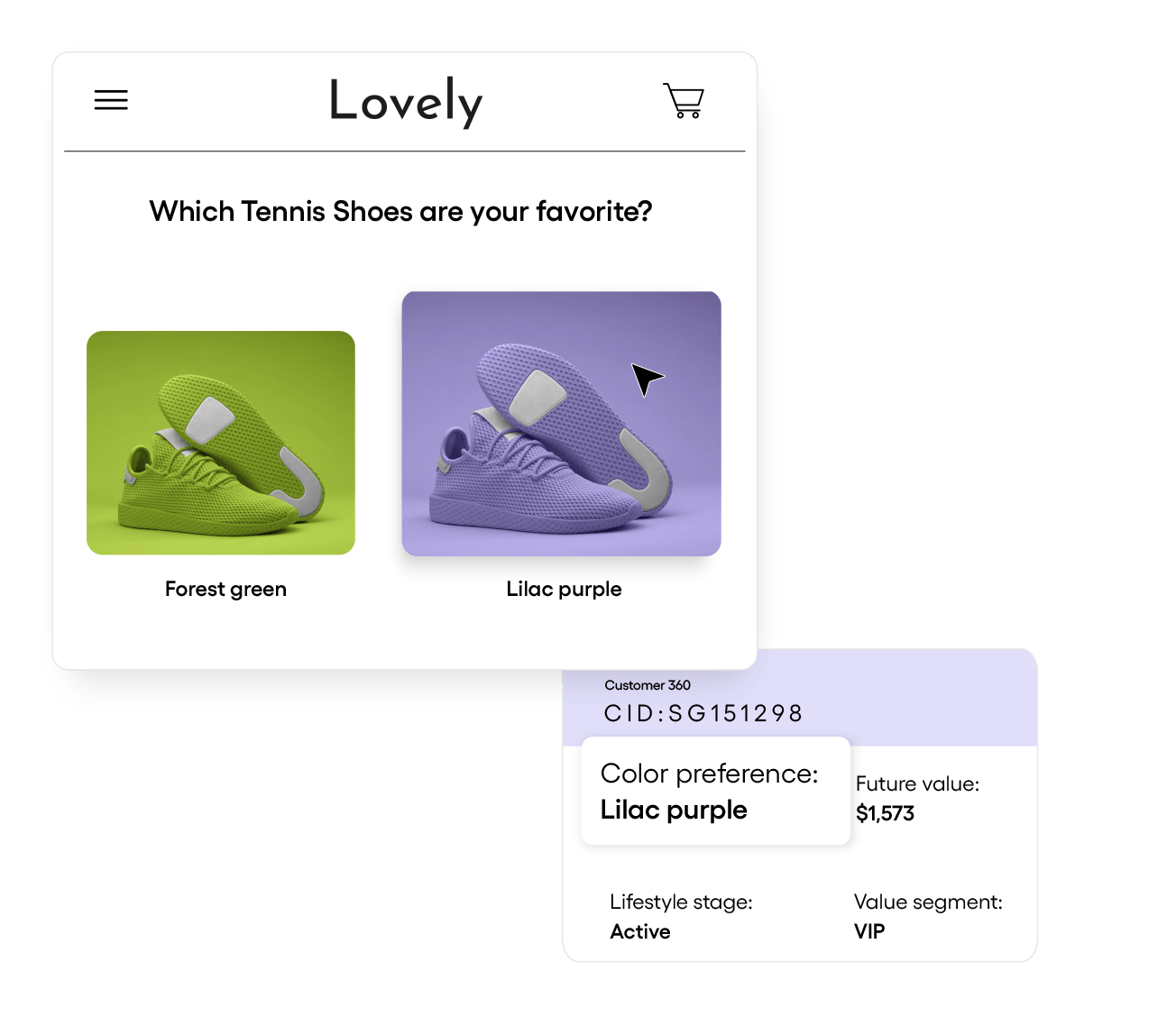
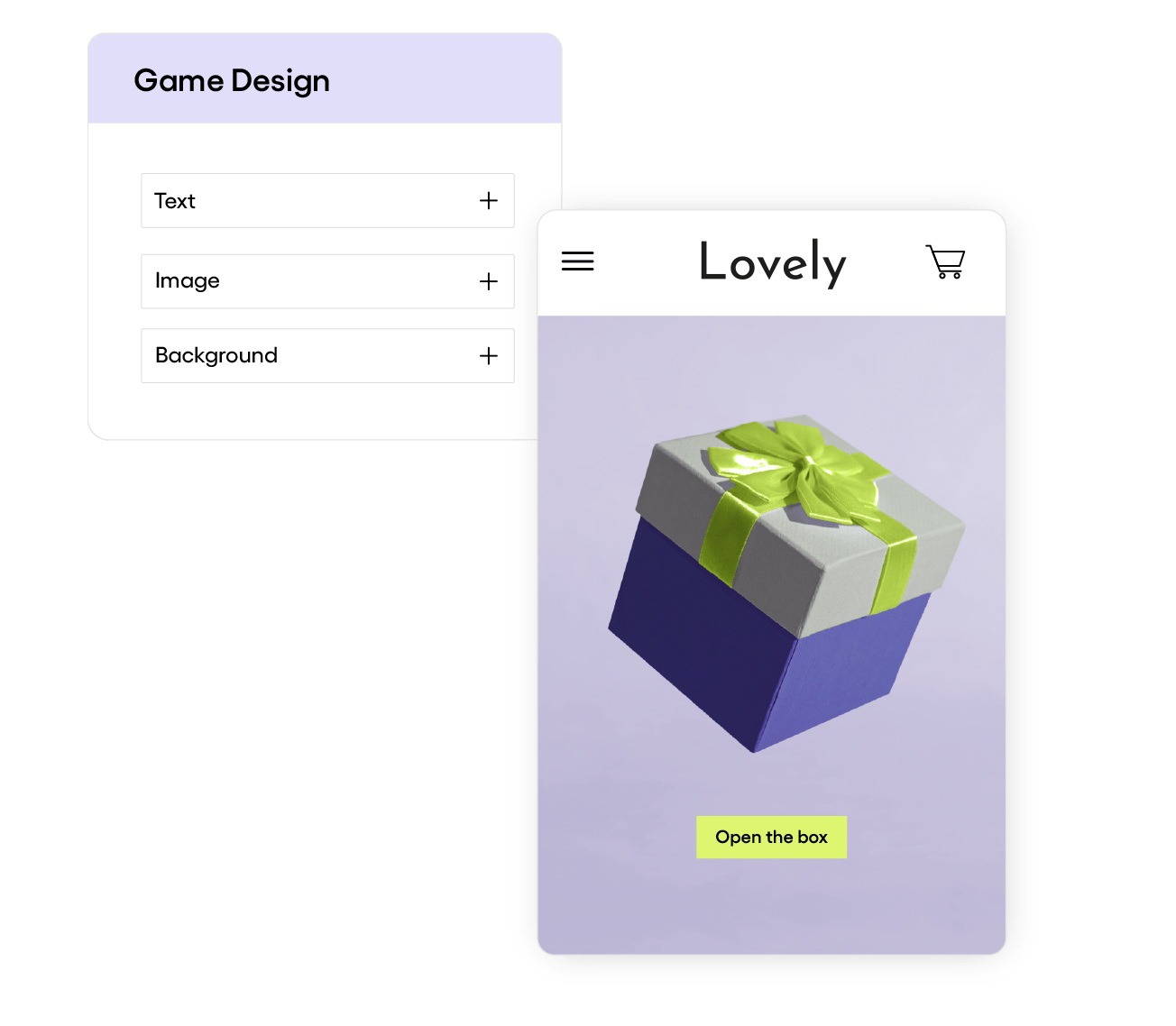
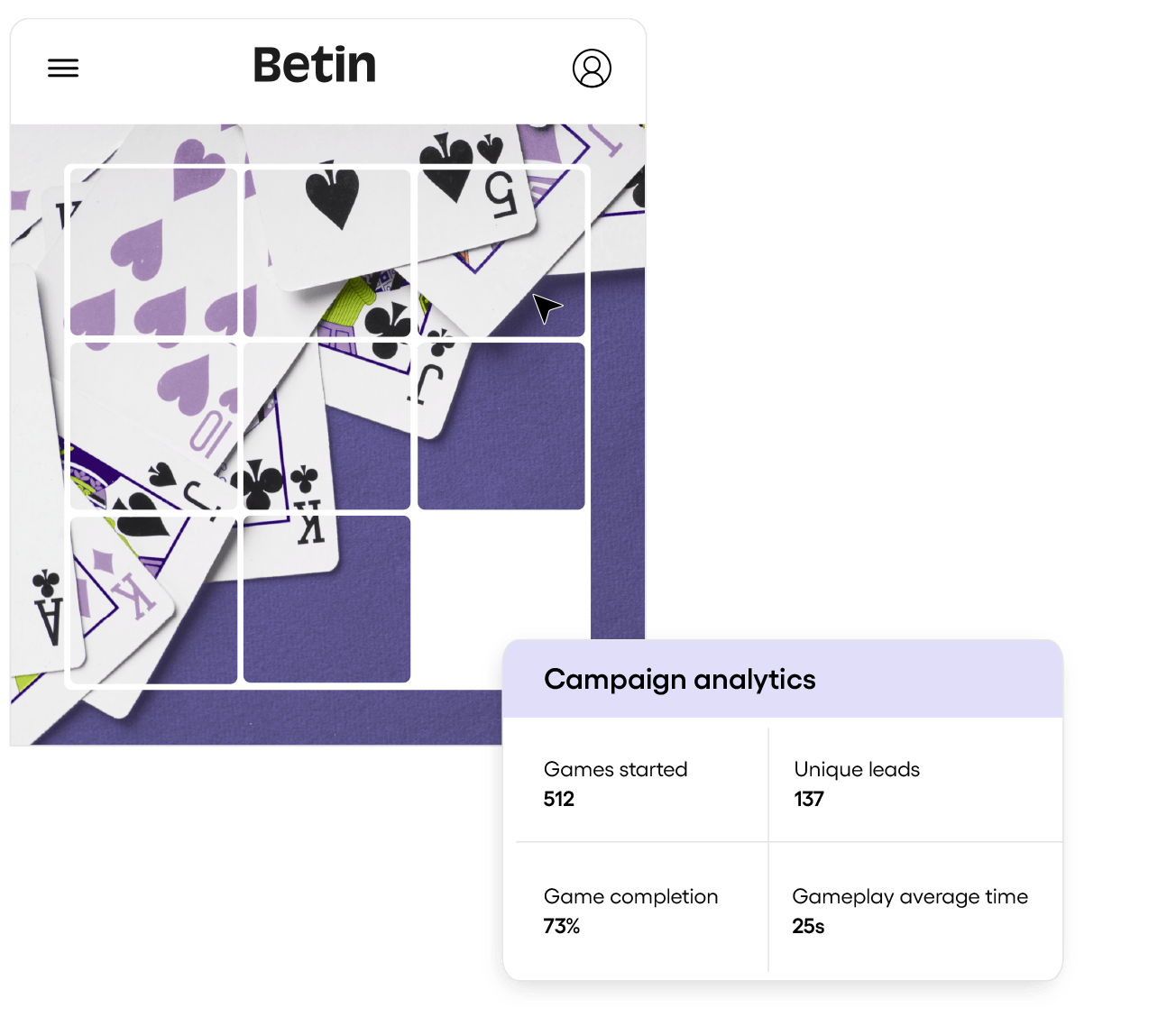
Give your teams more independence, ability, and agency with the powers to do anything and be everything
Check out our resources
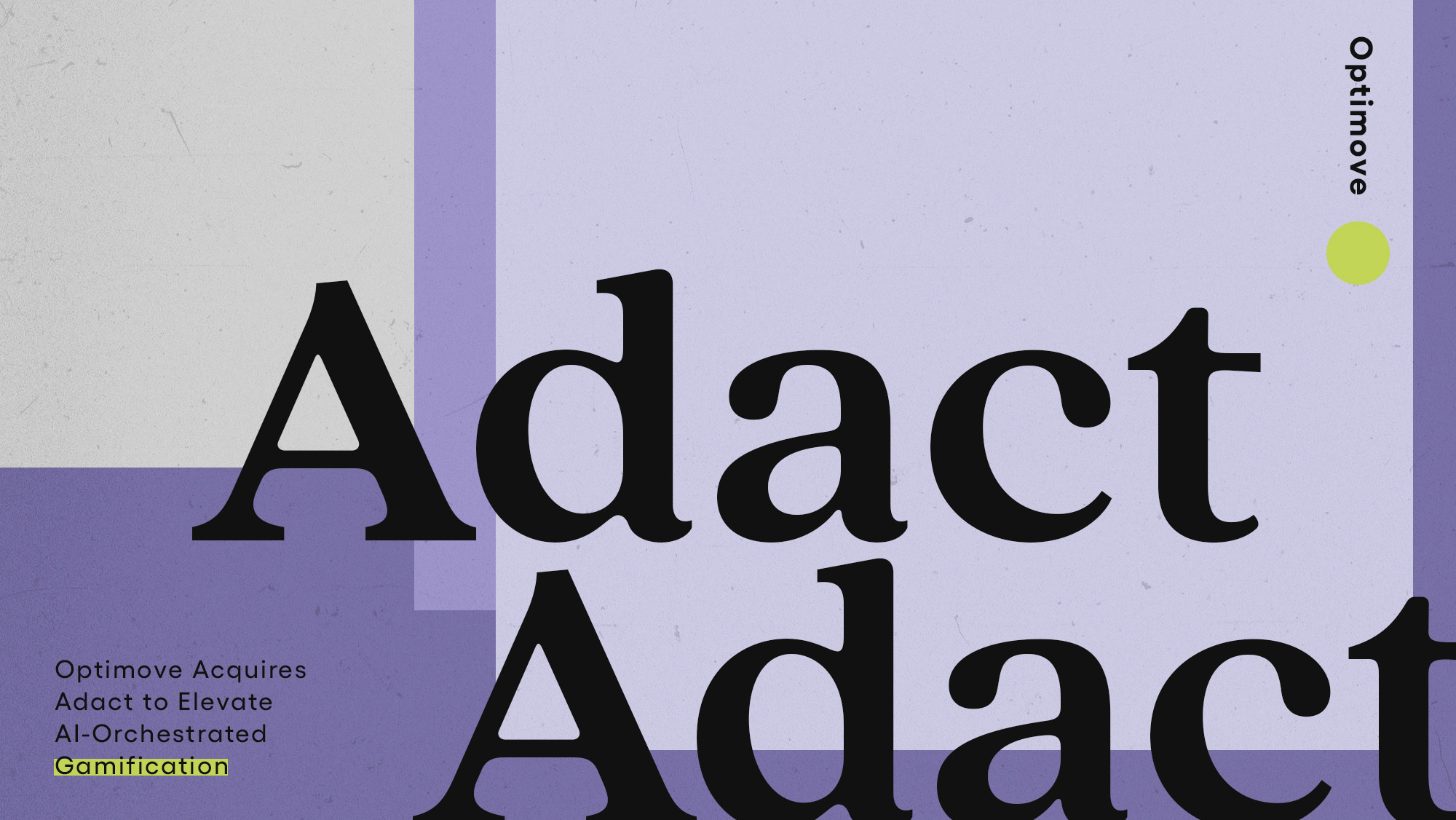
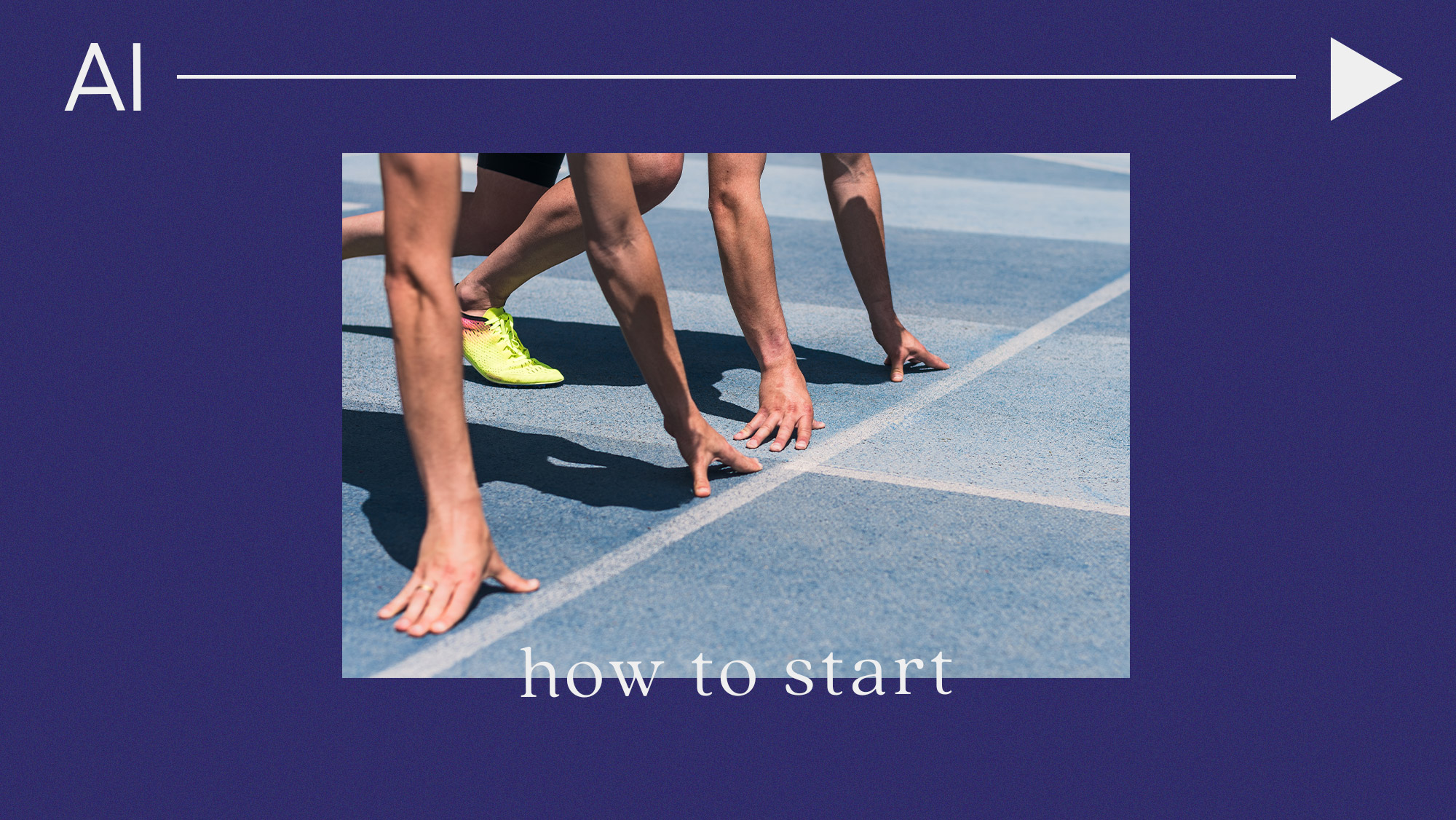
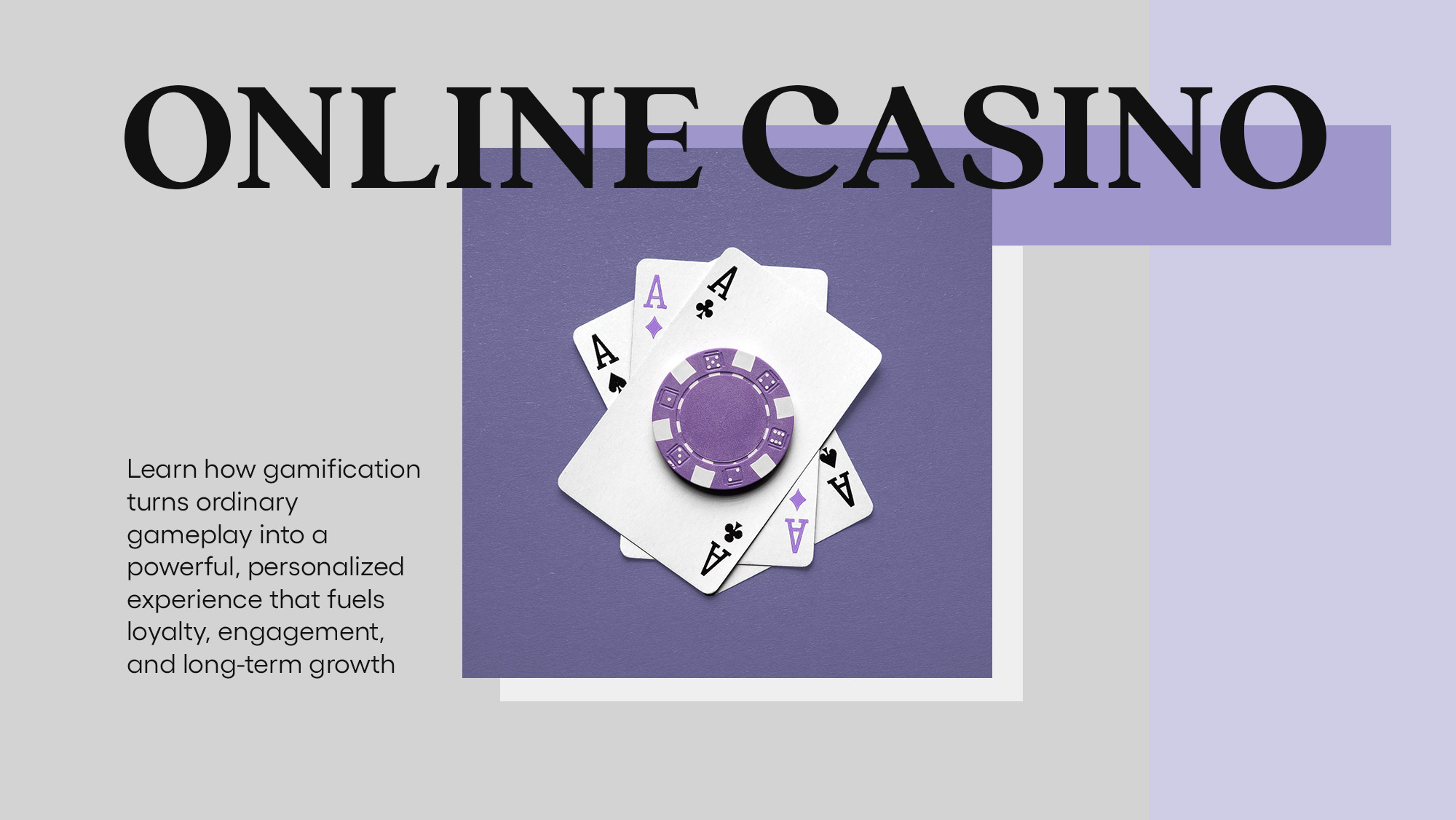
What is Optimove Gamify?
An enterprise-grade gamification platform that lets marketers add interactive, game-like experiences to campaigns—no coding required—to drive loyalty and conversions.
How does gamification improve customer engagement and loyalty?
It taps into motivation loops—competition, rewards, progress. Mechanics like points, badges, challenges, and instant-win games increase participation, foster repeat engagement, and build long-term loyalty.
What types of gamified experiences can I create with Optimove Gamify?
Dozens of out-of-the-box formats (quizzes, raffles, leaderboards, spin-the-wheel, trivia, surveys, and more), tailored for acquisition, onboarding, loyalty programs, and seasonal promos.
How easy is it to launch a gamified campaign?
Launch in minutes with an intuitive, marketer-friendly interface. Optimove Gamify balances no-code speed with enterprise robustness so experiences are on-brand and scalable.
How does Optimove Gamify collect and use customer data?
Games, surveys, and challenges capture zero-party and first-party data that flows directly into Optimove’s CDP and AI decisioning engine for activation across campaigns.
How do I measure the success of gamified campaigns?
Measure business outcomes—incremental revenue, retention, and lifetime value uplift—alongside engagement. Analytics tie gamification directly to ROI for continuous optimization.
How much does Optimove Gamify cost?
Optimove Gamify is priced based on the scope and complexity of your strategy, including active campaigns, user volume, and the depth of experiences (e.g., challenges, badges, rewards, leaderboards).
Join the marketers who are leaving the limitations of fixed roles behind to boost their campaign efficiency by 88%